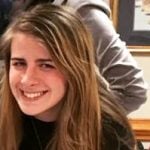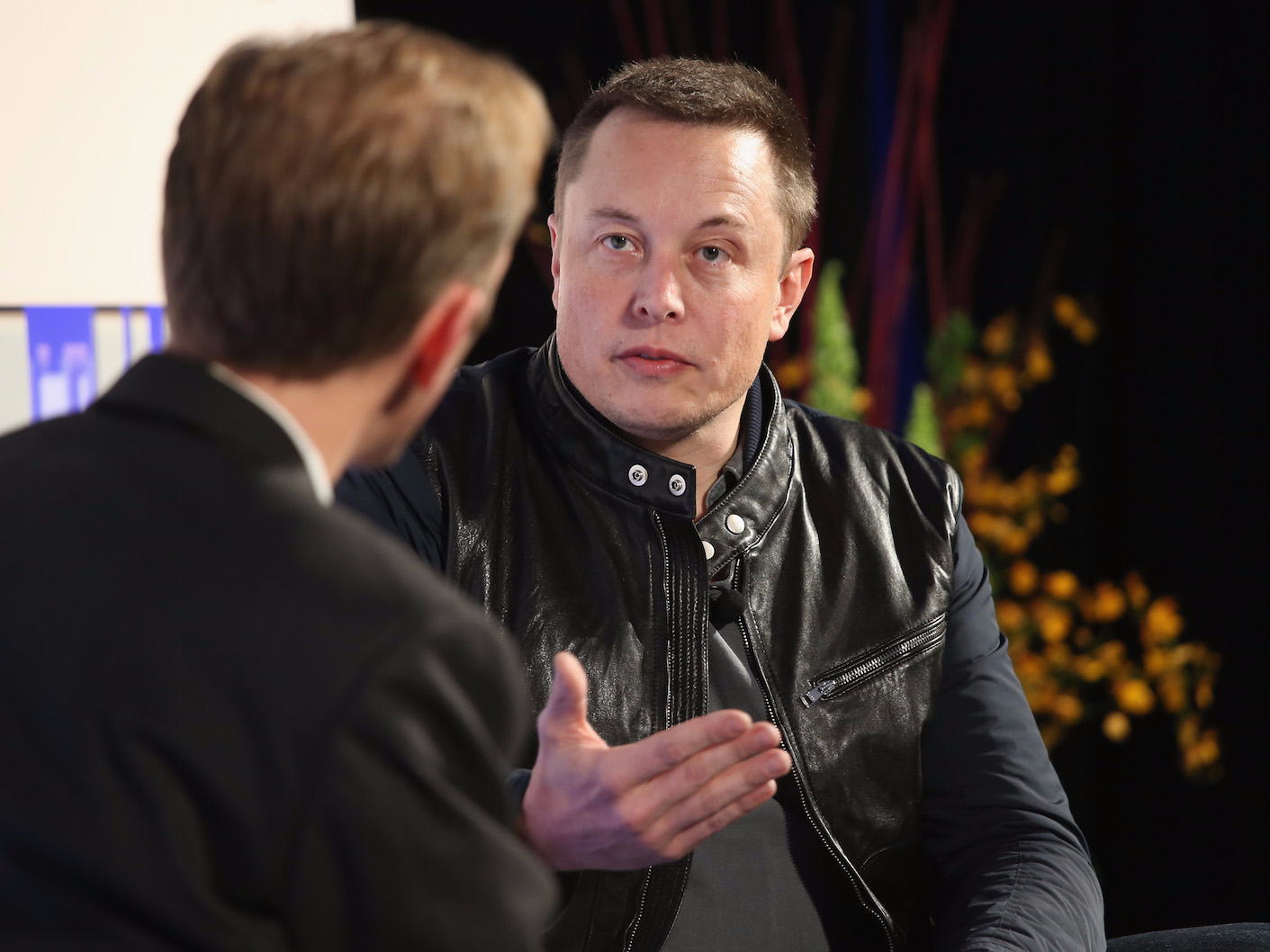• Landing a job at Tesla is an “intense” process, according to former Tesla recruiter Marissa Peretz.
• She told Business Insider about how she helped grow the company from 200 to 16,000 employees.
• All candidates had to go through several rounds of screenings – including an interview with CEO Elon Musk himself.
No one got a job at Tesla without first getting a thumbs up from CEO Elon Musk, according to ex-Tesla recruiter Marissa Peretz.
She left the automaker in 2015 to found Silicon Beach Talent with fellow Tesla alum Max Brown, so she can’t say for certain if Musk still personally approves of every single hire.
But that was certainly the case during Peretz’s tenure.
She recalled one push to hire 2,000 employees for a new Tesla factory.
"He had to approve every single hire," she told Business Insider. "We had to do written bios on every single person. The janitor. The assemblers. The cafeteria workers."
During Peretz's time at Tesla, the company grew from 200 to 16,000 employees worldwide. But when she joined in 2010, she said Tesla wasn't as well known as it is today. As a result, her role was more devoted to headhunting than sifting through thousands of applications.
"We were really selling a dream at that time," she said. "We did not have brand equity at that point. We didn't know whether our stock was going to be worth anything."
As a result, hiring was a major priority for the company.
"Elon is really obsessed with hiring world class talent," she said. "The pressure was on in recruiting."
For a single role, which generally took about two months to fill, the process would be:
1. Screening and preliminary conversations
Screen five to 15 people per role.
Have a preliminary conversation. These mostly focused on the candidate's background and greatest accomplishments. Peretz said the goal was to gauge the person's technical abilities, as well as get a sense of the their career trajectory.
2. Deeper conversations with a hiring manager
If the initial conversation went well, dive deeper into the person's background.
Next, a hiring manager interviewed the individual, asking both technical and cultural questions. Recruiters also did a deep dive into potential factors affecting each hire, like relocation and compensation.
3. An on-site interview
When a candidate cleared those hurdles, it was time for an on-site interview.
"Once we flew them in, it would be a pretty intense day for them," Peretz said.
The day would involve several interviews, including an interview with a whole panel of Tesla employees. Applicants would also take technical and engineering tests, and have their problem solving skills analyzed throughout the day.
4. Impress the CEO
If the candidate fared well, they would move on to the final step: impressing Musk himself.
Musk met some candidates in person, and conducted other interviews over the phone, depending on the role. Everyone else had to write essays explaining why they wanted to work at Tesla and why they should be hired.
"If we wanted him to interview someone, we essentially had to pitch him before we could set that up," she said. "He was very critical and would push back on us if he didn't think we had answered the things he wanted to know."
The recruiting team would assemble a document outlining all the reasons why the candidate was a great fit. Candidates had to wow everyone they interacted with during the hiring process, because the recruiting team would only go up to bat for applicants they truly felt strongly about.
"After you had a couple of bruises from him pushing back on you and saying to you, 'This person's not impressive enough' or 'This isn't enough, find someone else,' you end up with a bruised ego," Peretz said. "You start learning from your wounds. He was very open to the opinions of his team, so long as they could defend the reasoning."

